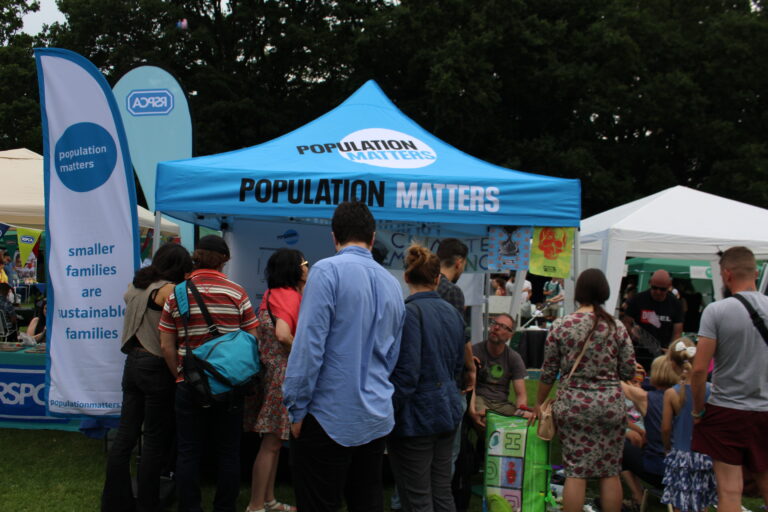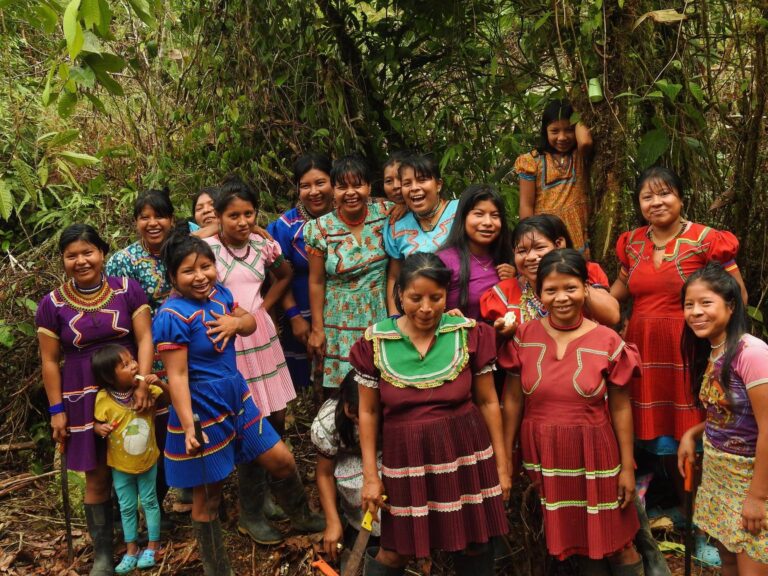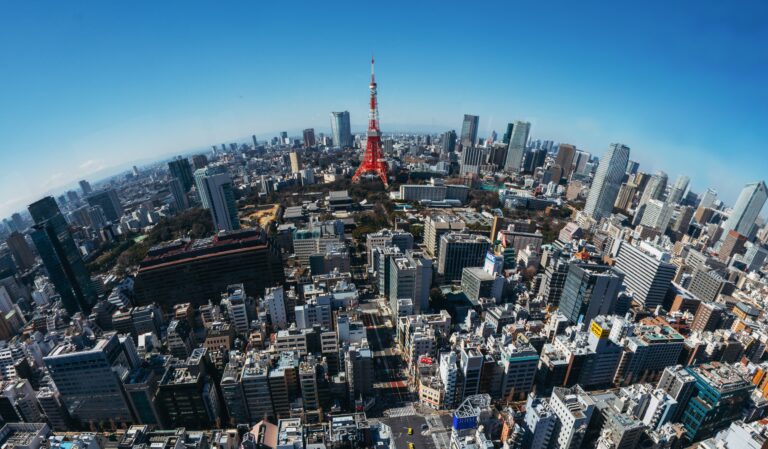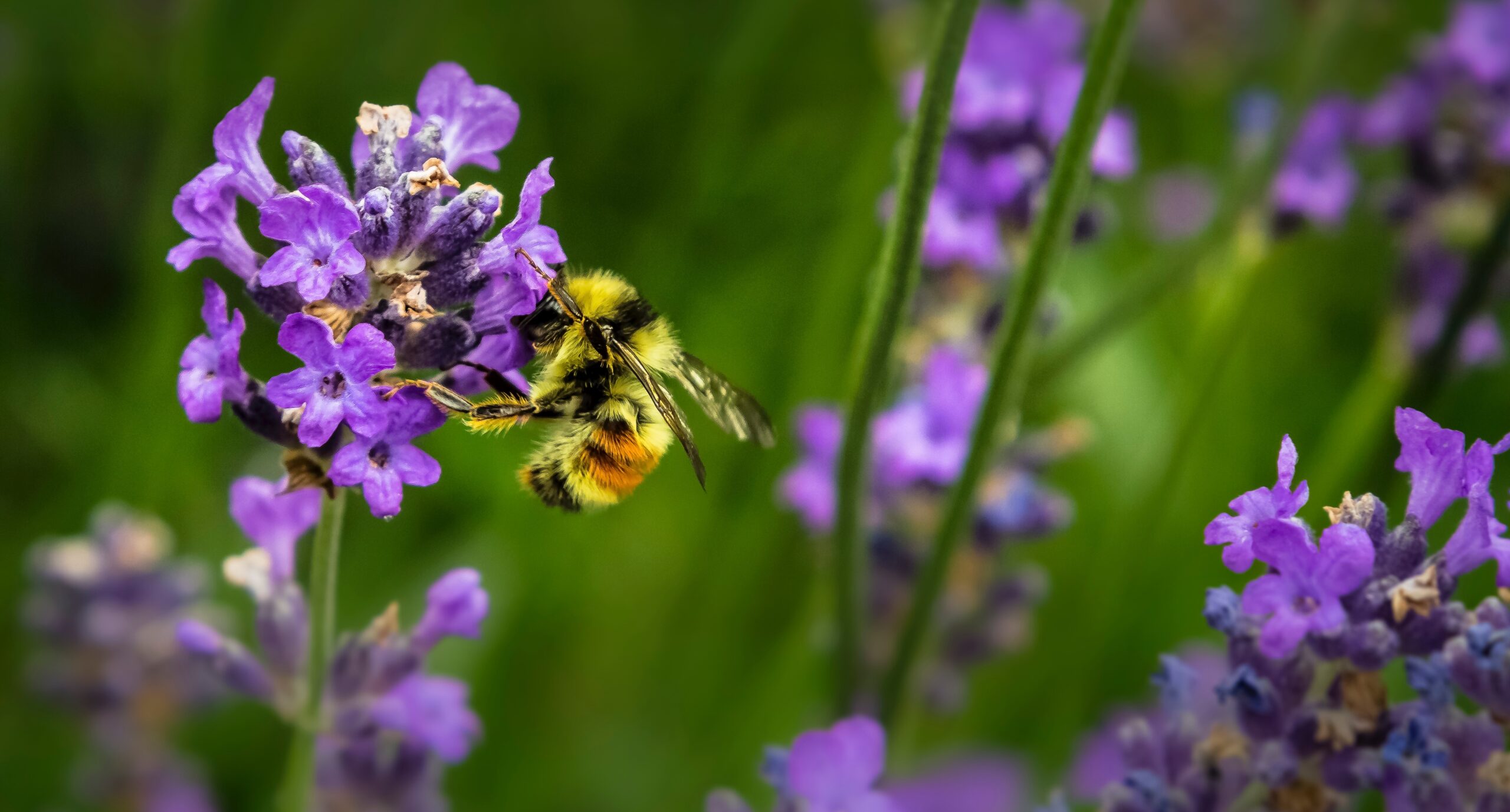
Insect Populations Matter
Insect populations definitely matter! Insects are in decline across the world due to a range of human-induced factors, such as habitat loss and climate change, all driven by human population growth. Join our first HUMANATURE campaign initiative, Insect Populations Matter, and do your bit to protect these tiny creatures we all depend on. Read more below and get involved!
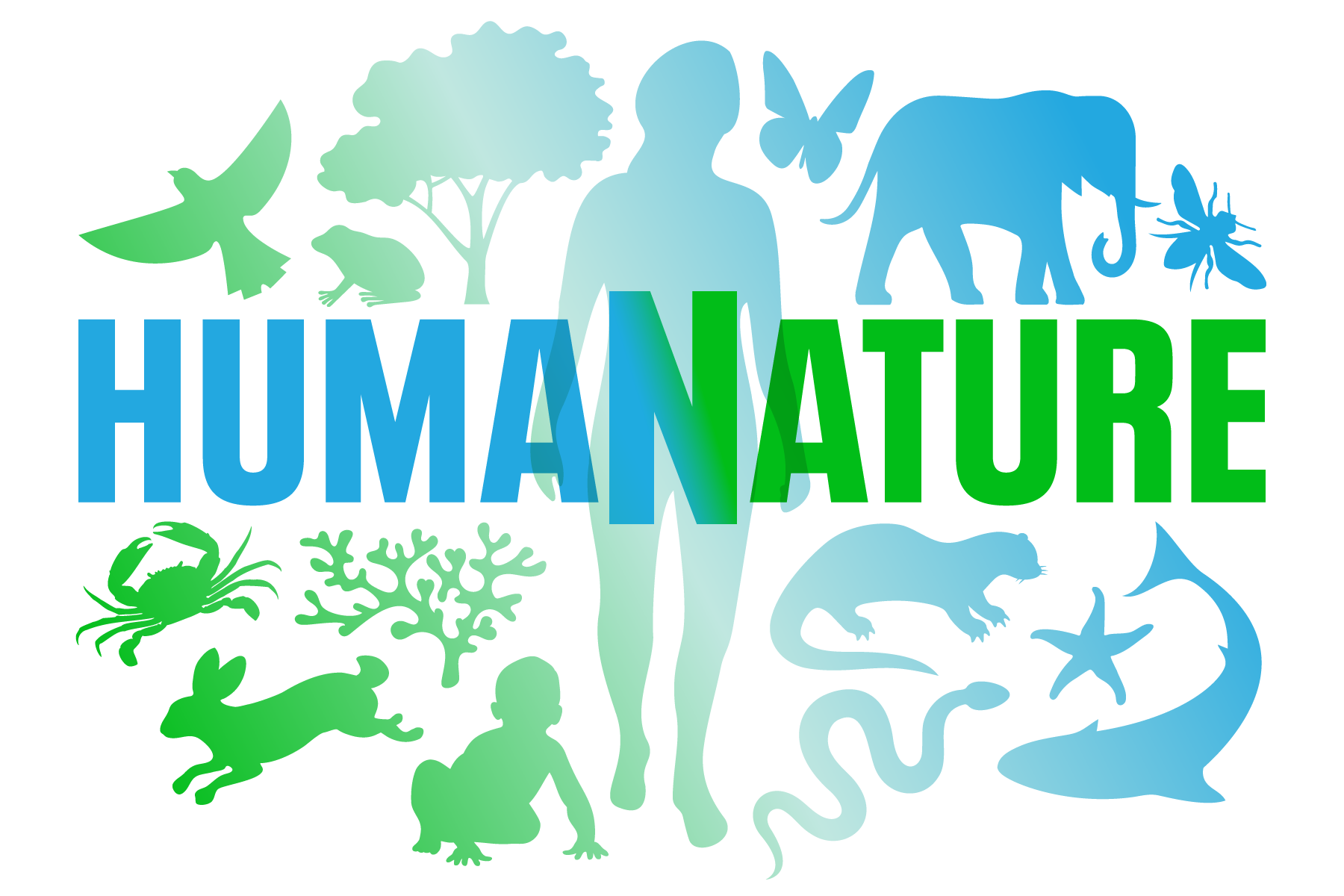
PROTECT INSECTS, SAVE THE PLANET
Insects are crucial for all life on Earth. Without insects, food webs collapse and ecosystems fail, threatening the existence of all other species, including us humans. So getting involved in protecting them and helping to boost their numbers could not be more important.
We just have to learn to live as part of nature, not apart from it. And the first step is to start looking after the insects, the little creatures that make our shared world go round… Insects are essential for life as we know it. As they become more scarce, our world will slowly grind to a halt, for it cannot function without them.’’
Professor David Goulson, Silent Earth: Averting the Insect Apocalypse
Comprising two-thirds of all life on Earth, with a great many species yet to be identified by science, insects do so much for us humans, other wildlife and the environment.
- Insects pollinate plants, including a large number of our food crops.
- They serve as the base of the food web, eaten by everything from birds to mammals to fish.
- They also provide food for human consumption. Millions of people around the world consider them a source of food, as they are packed full of protein, vitamins and minerals.
- They break down and decompose organic matter, which involves turning dead plants and animals into healthy, fertile soil. This also helps with water purification, and keeps the environment free of harmful waste.
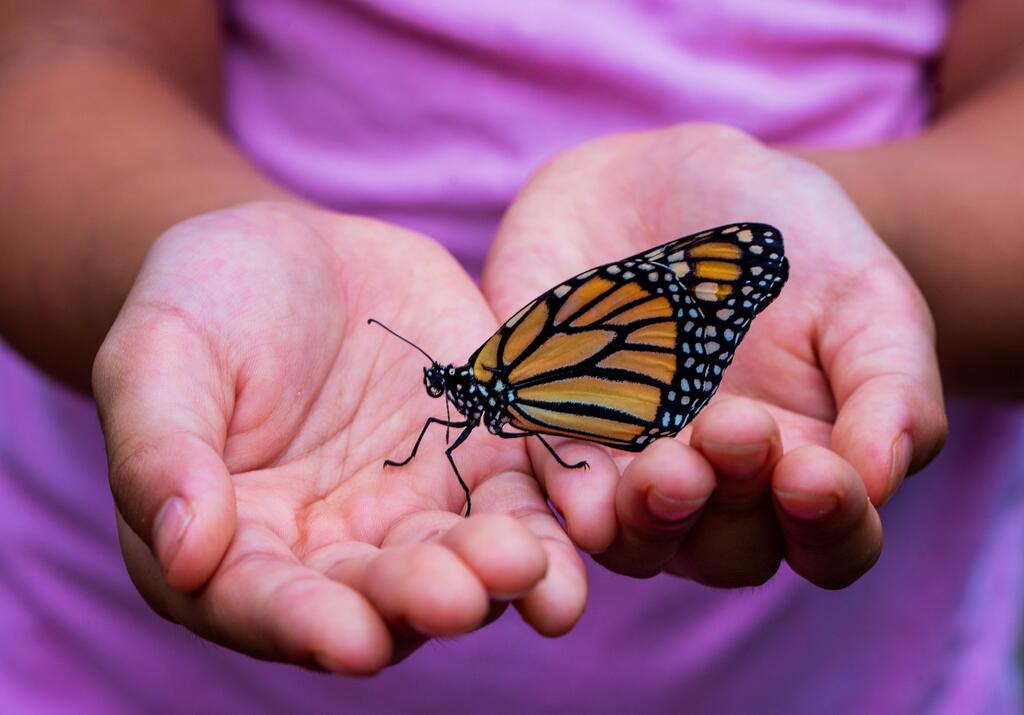
INSECTS IN DECLINE – HUMANS IN THE SPOTLIGHT
When was the last time you drove at night between the spring and autumn and ended up with a windscreen covered in bugs? Probably not for quite a while. Alarmingly, it’s a phenomenon that is becoming increasingly rare.
Recent studies paint a grim picture of the decline of insects. In 2019, a comprehensive review of 73 historical reports of insect declines from across the globe was published. It stated that over 40% of insect species are threatened with extinction. And in 2021, twelve studies on global insect decline were published, which referred to an “insect apocalypse’’. One of these papers spelled out what’s needed to protect insects and the rest of nature:
…a stable (and almost certainly lower) human population, sustainable levels of consumption, and social justice that empowers the less wealthy people and nations of the world, where the vast majority of us live.’’
The destruction of wild habitats, especially tropical forests, for agricultural expansion is a key human-caused driver of insect decline. The extensive use of insecticides and pesticides is killing insects and poisoning their habitats on land and in water. Meanwhile, climate change, habitat fragmentation, pollution, urbanisation and light pollution are also factors driving the crisis.
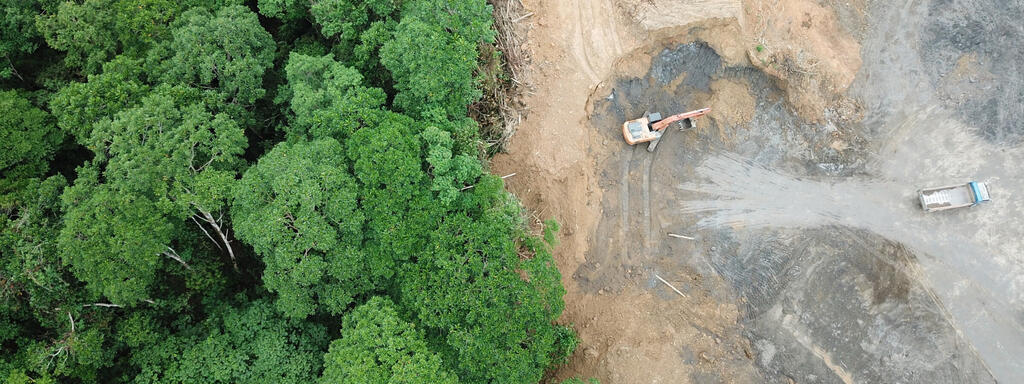
TAKE ACTION FOR INSECTS – START LOCAL
To safeguard insect populations, and in turn all life on Earth, we must all be involved in changing our destructive ways and living in harmony with nature; and we must ultimately slow and end human population growth – a key driver of our impacts on the planet.
There are many things we have to do to protect our crucial insect populations – on a global scale – but what better place to start than at a local level, doing what we can as individuals, families and communities!
These ten suggestions include something for everyone – those with gardens, those with balconies, those with a hanging basket, and those who have none of the above. And if you are doing some of these already, why not try out a new idea from the list?
- Allow your lawn, or a section of it, to grow until the autumn. This will allow wild flowers to take hold. A bonus is that it doesn’t cost anything! Pristine, manicured lawns are not favoured by insects.
- Sow native wild flowers yourself by buying wild flower seed mixes. In some countries, cornfield annuals like red poppies, blue cornflowers, foxgloves and ox-eye daisies are great for pollinators.
- Plant local native flowers and other plants that suit where you live (e.g. in a city, by the coast or in a woodland). Make sure the range of plants benefits different kinds of insects, not just pollinators.
- In autumn, leave leaf litter on the soil rather than raking it up as it provides vital habitat and food for insects and other invertebrates like worms. For example, butterfly and moth caterpillars spend the winter in leaf litter, pupating there before emerging in the spring. (Leaves also form a natural mulch that suppresses weeds and fertilizes the soil).
- Create a deadwood habitat. Insects and other invertebrates need dead wood, and use it in many different ways. Deadwood habitats don’t have to be more complicated than stacking a few logs. Alternatively, a pile of stones or rocks creates a great habitat for insects.
- Buy or build a bug hotel. This would be a great idea for a balcony.
- Build a pond. It’s hands-down one of the best things you can do for wildlife. It will attract aquatic insects and a range of other wildlife.
- Put away the spray. Pesticides, designed to kill insects and other bugs, are often indiscriminate in their action, harming both their target species and others that happen to be in the wrong place at the wrong time.
- Buy home-grown plants rather than plants from abroad for your garden or home. This helps to prevent invasive species reaching your garden and the countryside.
- Lobby your local council, along with others in your community, to manage spaces in your locality for insects and other wildlife. This could include asking that things like roundabouts, road verges, sections of parks, hospital grounds and cemeteries be allowed to grow wild, at least for the spring and summer months.
If we all act together, and inspire others to join in, we can make a huge difference for insects!
We’d love to hear about your activities for insects. Send us a photo and/or a brief explanation of what you’ve been up to, and we can feature it on this page.
LOCAL ACTIONS FOR INSECTS!
WILD FLOWER HAVEN
PM supporter Kelvin Lear sent in this photo of the communal area behind his house. Three years ago, a mass of brambles dominated the space. Once these were cleared and wild flowers sown, the space has attracted a wide variety of insects. A wider range of birds has also been attracted to the area; and it’s become a great hunting ground for young frogs from his garden pond.
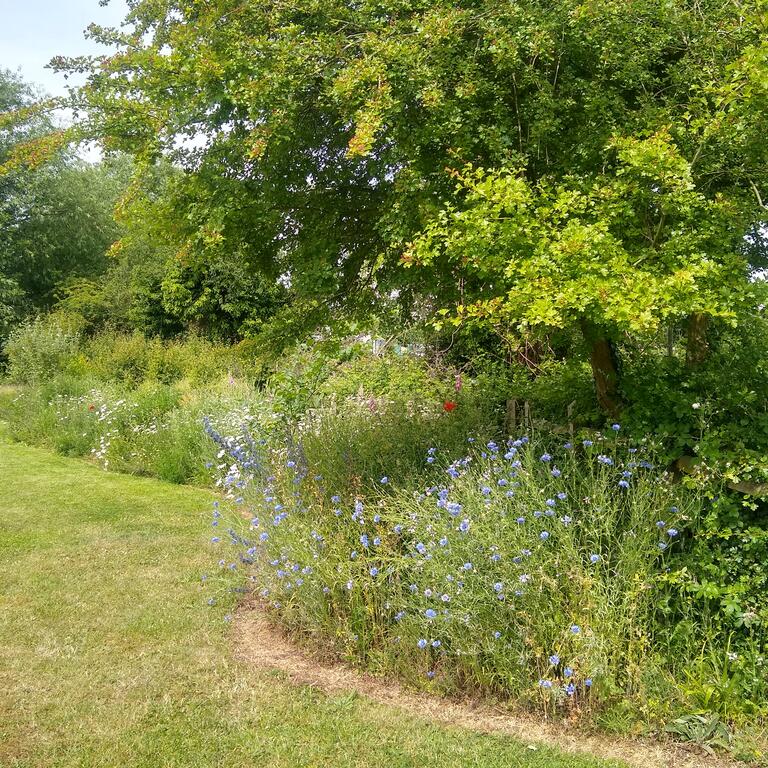
LAWN GROWING WILD
Gwyneth Howard sent in this photo of her back garden. She has not had the centre of the lawn mowed since March. As a result, in the spring, wild flowers took hold, attracting pollinators; and the long grass has become a haven for a variety of insects, including ants, which were popular with the resident blackbirds and robins during the nesting season.
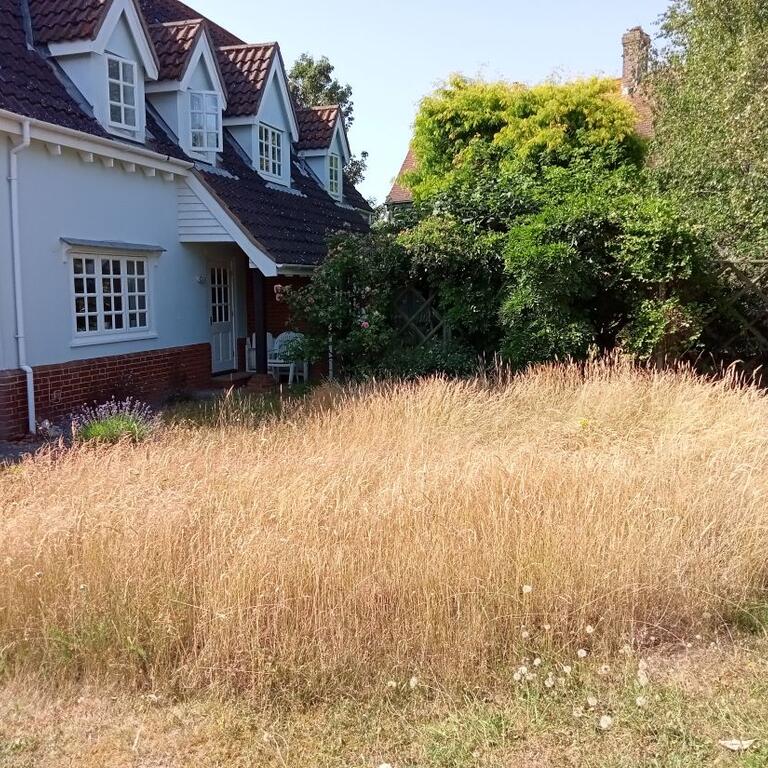
A LITTLE OASIS
PM supporter Andrew Muse sent us pictures of his front and back gardens which have been attracting insects, including breeding butterflies. The back garden, pictured here, consists of native trees, hedgerow plants, a pond (that also only has native plants and no fish) and a small area of scrub. It supports many species, including hedgehogs.


